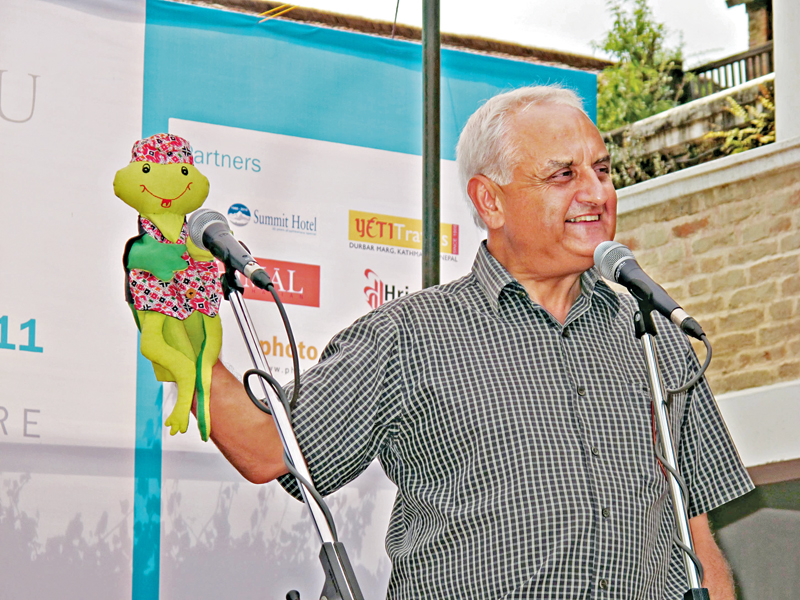LETTERS: Wrong move
It seems that the decision of the Commission for the Investigation of Abuse of Authority (CIAA) for detaining Sajha Yatayat Chairperson Kanak Mani Dixit on charges of amassing property of Sajha Yatayat was not in accordance with the established rules and regulations of Nepal.
Also the Special Court’s earlier order to detain Dixit for further investigation seems to be flawed.
Otherwise, why should he be asked by the Supreme Court (SC) to immediately release him from detention?
If he was involved in any wrongdoings based on the black and white proof of CIAA, then the decision of the Special Court to detain him should not be over-ruled by the Supreme Court.
It is not the first such case of contradicting decisions of the Supreme Court and the Special Court. There were other corruption cases also in the past which were reversed by the Supreme Court.
It is difficult to understand for the common people as to why a court gives permission to CIAA for putting the people behind bars for further investigation and the other court asks it to immediately release him.
Is it the CIAA who, without having sufficient proofs, detains the person accusing him of corruption? Or, is it the judge or the lawyers who interpret the same clause of the law in their own ways? Otherwise, what could be the reasons for making different decisions by different courts for the same case?
The recent detention of Kanak Manik Dixit also raises the concerns and competencies of the CIAA. As claimed by him, was it really the CIAA Chief’s acts of revenge? Was the CIAA in a hurry to defame Dixit for nothing?
Was he not involved in corruptions as claimed by the CIAA? If so, he should cooperate with the CIAA to investigate into details of his wealth and property in the days to come to prove his innocence.
Simply blaming the CIAA would not help him clean his once tainted image.
Burning of ivory trade
Thanks for the picture of huge piles of elephant tusks ready to be burnt and destroyed in Kenya in order to send a message to the poachers and ivory market and industries all over the world.
But the illegal billion dollar ivory markets operating in China and SE Asia in open public view is a major impetus for the ivory trade and mass butchering of elephants in the continents of Africa and Asia.
Annually thousands of elephants in Asia and Africa are killed by the dreaded and highly organized poaching units for providing raw material for the global ivory industries.
There are powerful and highly influential economic and political forces working behind the operation of these illegal wildlife markets across the planet.
Unless the international community forces the total closure of these illegal markets dealing with wildlife and wildlife products; burning of ivory will have no direct or indirect impacts on conservation of elephants other than a symbolic message.
The illegal marketing of poached rhino horns is suffering similar fate.






